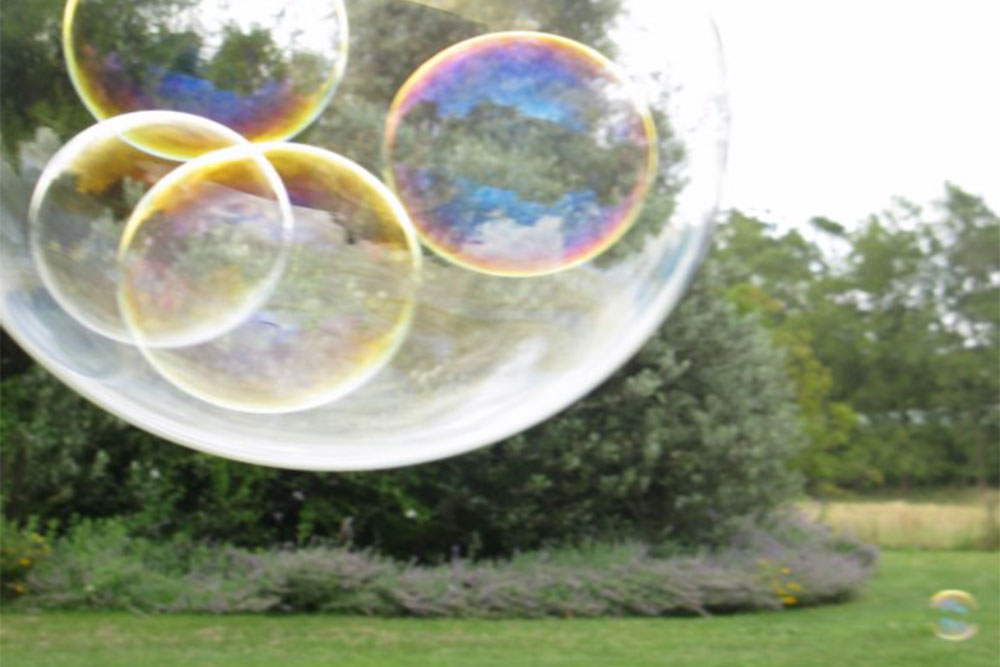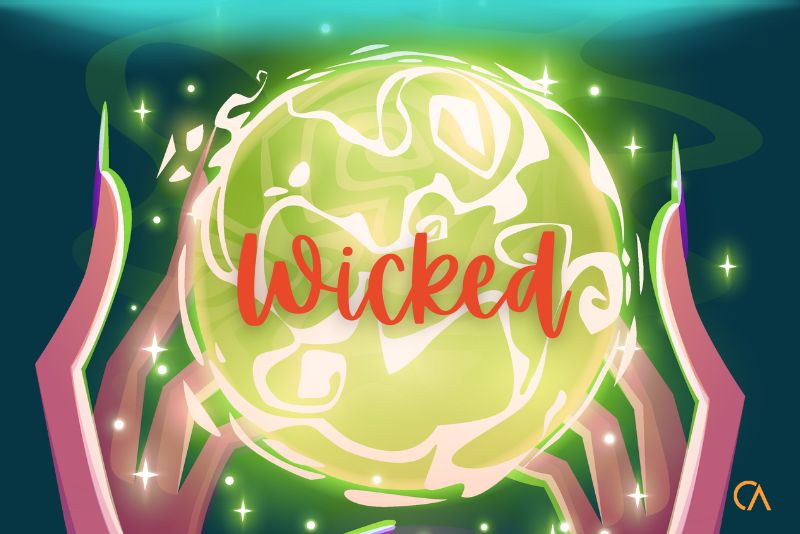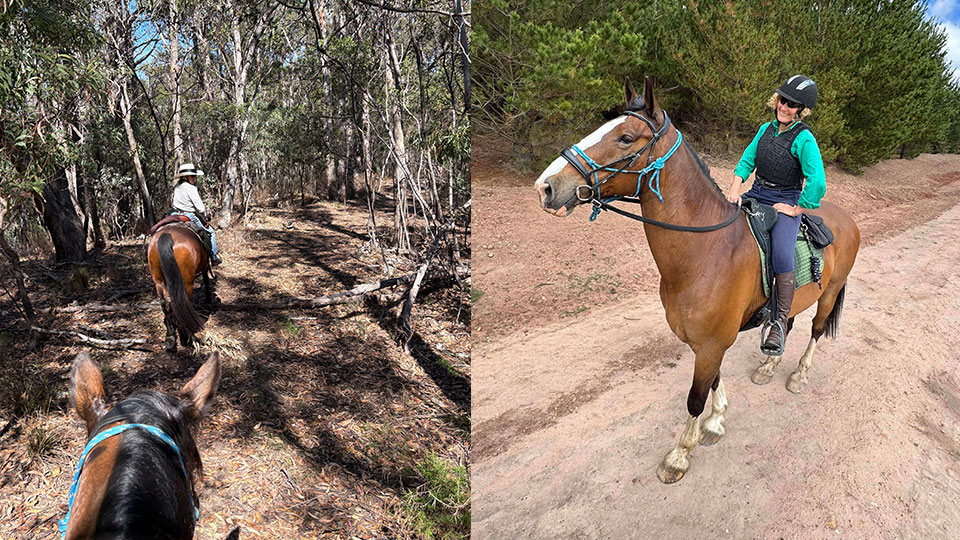
Over the last two months I have conducted a number of team workshops where trust was a central theme. On the whole I work with smart, enthusiastic teams of people, who individually are highly committed to the purpose of their organisations. So this begs the question, how does trust become an issue?
Recent advances in neuroscience are providing insights into the biology of trust, and how as leaders we can respond. Here are three ideas for today:
1) The brain perceives a threat five times faster than a reward.
So when you call one of your team members into your office for a ‘casual chat’, perhaps it’s not surprising that they imagine the worst… How about your organisation’s approach to performance management? Do people p erceive that a threat or a reward? A threat response will reduce the capacity for insight and solution focus. Is this the state you want for your people?
2) Different regions of the brain are involved when we engage with friends and foes.
When you perceive your colleagues as competitors or enemies (and therefore invoke a ‘threat response’ – no matter how mild), you may be reducing your access to creative thought and limiting the capacity of the team.
3) Trust releases oxytocin that calms the amygdala.
The amygdala is responsible for your fight-flight-freeze response. You may have heard the term “amygdala hijack”? This describes an immediate and overwhelming emotional response out of proportion to the actual stimulus.The hormone oxytocin has been associated with decreased amygdala activation, and is stimulated by trust. In times of change or uncertainty, the greater the trust in the team, the more willing and able people will be to follow you.
Developing and maintaining trust is critical in becoming an extraordinary team or organisation. Intuitively we know this…
What are you doing as a leader, deliberately or inadvertently, to build or break down trust?
Have an Extraordinary day
Corrinne
STAY IN THE LOOP





